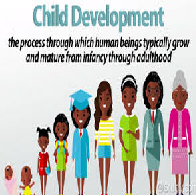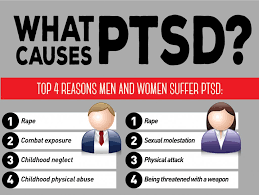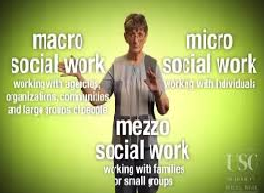Lifespan and Stages of Child Development Lifespan Course Presentation – Stages of Child Development
Picture This: You land a great job in a fabulous hospital that has just built a state-of-the-art maternity ward.

You are given the task to develop a power point presentation to educate new parents about childhood development. This presentation will focus on the main themes surrounding physical, cognitive, and social development, as well as skills and risks that occur throughout various stages of childhood.
Part 1 – The First Two Years: At least 5 slides made up of the following
Highlight Physical Development
Highlight Cognitive Development
Highlight Social Development
Highlight Skills the Child will Develop
Highlight Major Risks
Part 2 – Early Childhood, Ages 2 to 6: At least 5 slides made up of the following
Highlight Physical Development
Highlight Cognitive Development
Highlight Social Development
Highlight Skills the Child will Develop
Highlight Major Risks
Part 3 – Middle Childhood, Ages 7 to 12: At least 5 slides made up of the following
Highlight Physical Development
Highlight Cognitive Development
Highlight Social Development
Highlight Skills the Child will Develop
Highlight Major Risks
Part 4 – Adolescence, Ages 13 to 18: At least 5 slides made up of the following
Highlight Physical Development
Highlight Cognitive Development
Highlight Social Development
Highlight Skills the Child will Develop
Highlight Major Risks












